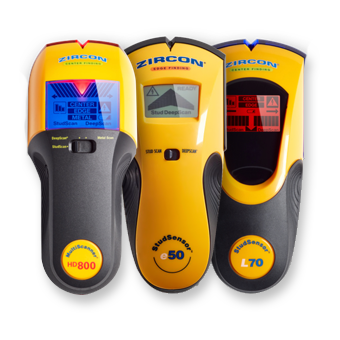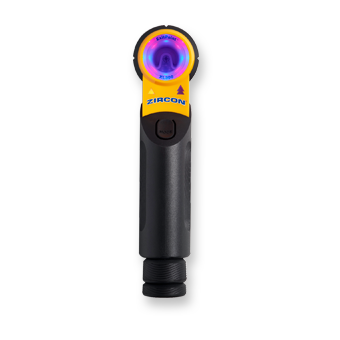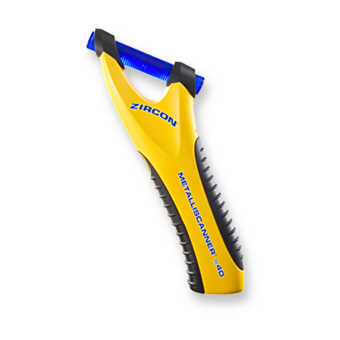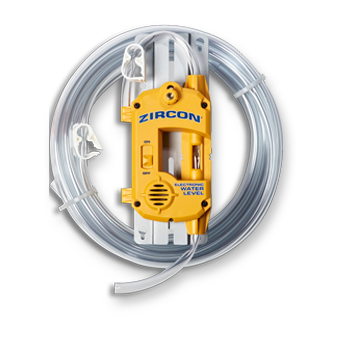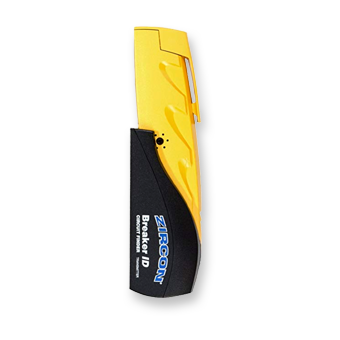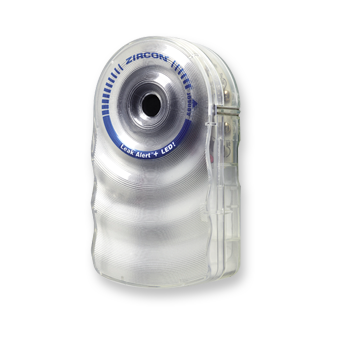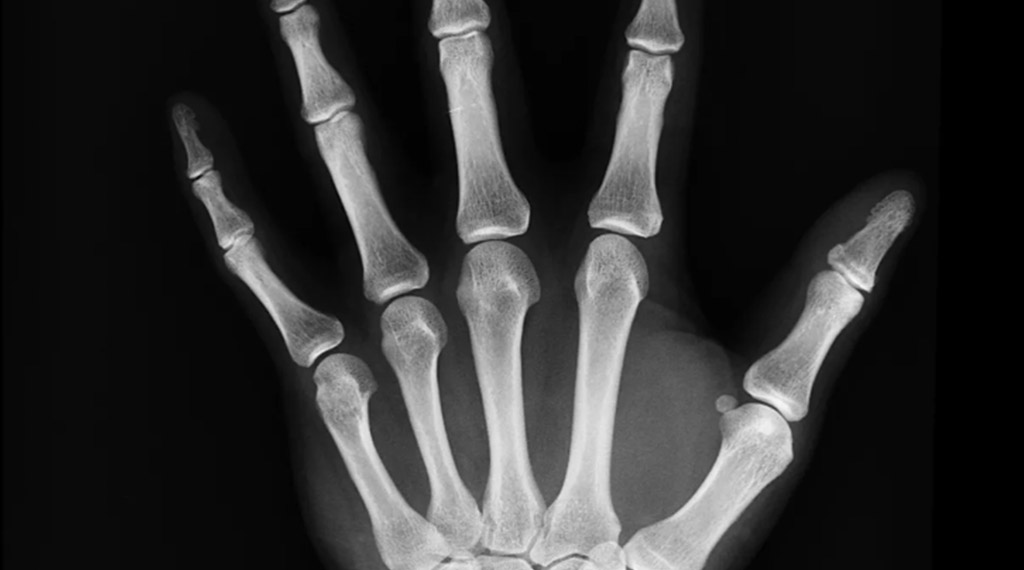I’m often asked by customers, “Exactly how do your StudSensor tools work? Is it some low level radar? Is it an X-ray device?” In reality, it shouldn’t matter functionally as long as the tool works, but people are naturally curious, so they ask. And the answer, well, it’s actually none of the above…
It’s really a simple theory, but not so simple in its algorithm. Zircon StudSensor™ stud finders detect studs behind walls by sensing increases and changes in density. The StudSensor calibrates, or “learns”, the density of the drywall when you place it on the surface and power it on. Then when you move the tool and it comes across an area with higher density, it gives you an indication that what’s behind the wall is likely a stud.
The area of the wall pressed up against a stud definitely seems harder and has higher density than an area of the wall where there isn’t a stud, but it’s important to understand that stud finders in general can’t definitively distinguish if the change in density is actually a stud, as opposed to a pipe (up against the back of the wall board), duct work, or something else. Every house and structure is built a little, or a lot, differently. And while it’s likely that what you find is a stud, there are some very important steps you should take to better determine that what you find is actually a stud and not something else. These other items are what we refer to as “false positives.” But that’s a subject for another blog or you can learn more about that in our Zircon Tip Minute 5: Avoiding False Positives with Your Stud Finder:

So, this all begs the question: What type of surfaces can a Zircon StudSensor scan through? Since stud finders learn and sense increases in density through surfaces, the answer is most materials that have a consistent density of level. This is the reason why basic stud finders typically cannot scan through lath and plaster’s inconsistent construction method. There are some other very dense rock and slate materials stud finders cannot “see” through, but most surfaces in your home where you need to find studs can be scanned through.
Zircon stud finders can scan for studs up to ¾ inch deep through ½ inch or 5/8 inch drywall. Zircon stud finders with DeepScan® mode can scan up to 1 ½ inches deep and is ideal for double drywall or firewall construction.
Get additional insights by visiting Zircon’s popular blog, “The Secret to Finding Wood Studs in Lath and Plaster“. Please also follow us on Twitter or like us on Facebook.
